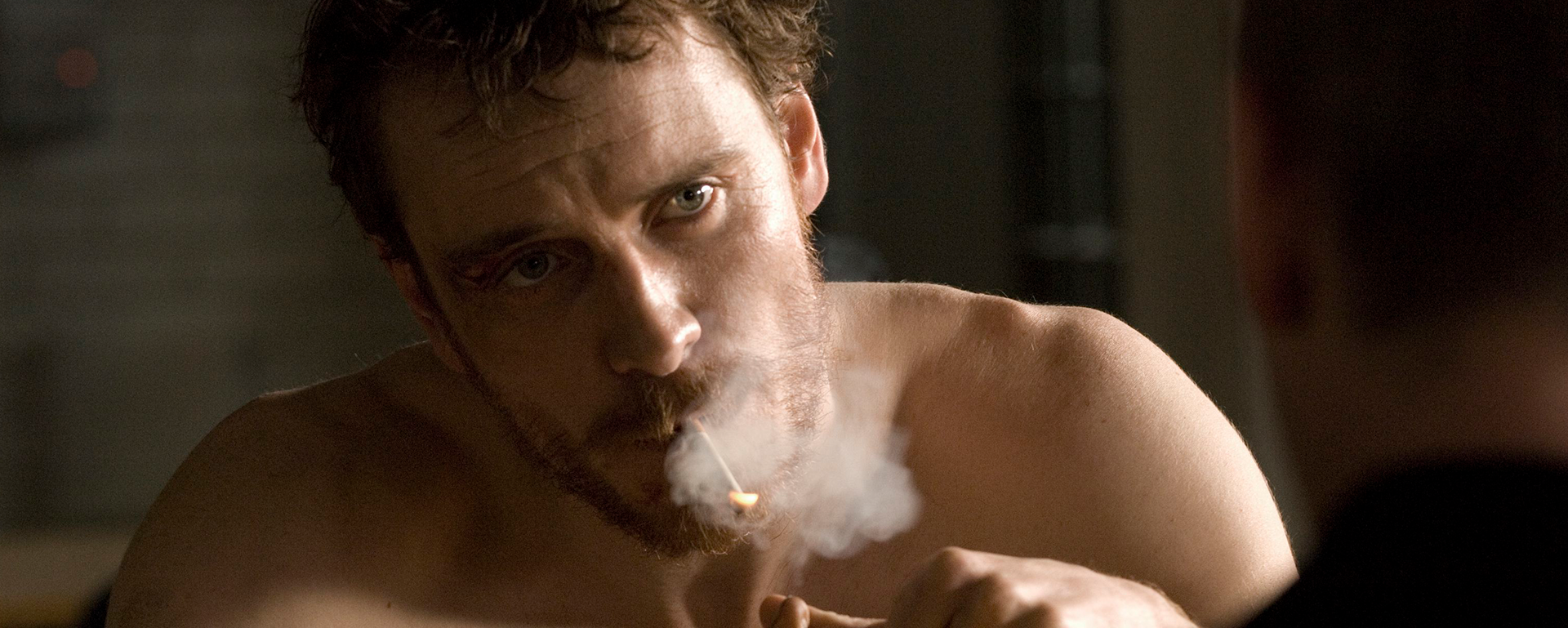
Hunger
Hunger is a dramatisation of the actual events in the Maze prison in Northern Ireland during The Troubles. It was passed at 15 for strong language, violence and medical gore.
The film focuses on the figure of Bobby Sands, who led the IRA prisoners in a revolt with the aim of being treated as prisoners of war, rather than as 'common' criminals. The protests in the Maze led to violent confrontations with prison officers and the prisoners smearing their cell walls with human waste. Sands intensified the revolt by going on hunger strike for 66 days. This led to some terrible physical consequences and, ultimately, to his death.
Hunger was the first feature by Turner Prize-winning British artist Steve McQueen, and won the 2008 Camera d’Or at Cannes for the Best First Feature. The film went on to win numerous awards including Best British Film at the Evening Standard Film Awards and McQueen picked up the BAFTA Carl Foreman award for Most Promising Newcomer.
The film is deliberately slow and thought-provoking and contains some extremely harrowing moments. It is an unflinching depiction of well-documented events and contains images and scenes of a sombre and disturbing nature.
The film contains several uses of ‘f**k’ and its derivatives and these made a 15 classification necessary. BBFC Guidelines allow for ‘frequent use of strong language’ at 15.
The strongest violence in the film occurs as naked prisoners are beaten by prison guards armed with truncheons. The guards rain down blows onto the men, who are bruised and broken by the end. The violence is shown in convincing fashion on the screen, including in close up, and the effect is disturbing. BBFC Guidelines at 15 state that ‘Violence may be strong but should not dwell on the infliction of pain or injury.’ The scene is prolonged but not gratuitous and Hunger neither condones nor glorifies the violence. Rather, the film realistically conveys the brutality of the prison regime and the attitude of the 'authorities' towards the prisoners.
As Sands’ hunger strike nears its end and his body gives up, we see him reduced to a shadow of his former self. The ravages the strike has wrought on his body are conveyed through close-ups of his emaciated torso, covered in bloody sores. BBFC Guidelines state that ‘The strongest gory images are unlikely to be acceptable’ but these very difficult scenes are portrayed without sensation or any voyeuristic thrill.
One of the film's primary aims is to convey a sense of the horror experienced by those at the centre of the events. It was felt, therefore, that Hunger did not need to be restricted to adults only (those aged 18 years and over), as there was nothing in this seemingly accurate dramatisation that was unsuitable or likely to result in any lasting harm for those aged 15 and above. Furthermore, it was felt that the film had educational potential and should therefore be accessible to the widest possible audience.
Given the sensitive nature of the material, the film was referred to the Director of the BBFC, David Cooke, who confirmed the 15 category.
The film was passed 15, with the BBFCinsight ‘Contains strong language, violence and medical gore.’ The DVD version was passed at the same category.
It was selected for screening at the National Schools Film Week 2009.